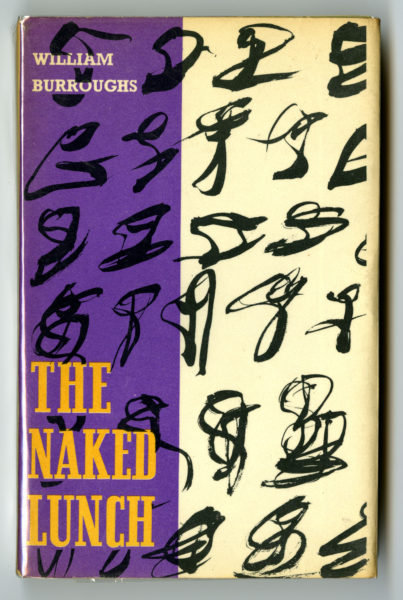The Beat movement began in 1940s New York with a small group of writers and eventually reached around the world. The Beats found inspiration in jazz culture of Black America, in alternative spirituality, and in the margins of society. Celebrating unfettered artistic vision and the cultural underground, the Beats rejected conventional aesthetic and moral authority in favor of experimentation, openness to experience, and direct communication. This “new consciousness” inspired the youth counterculture of the 1960s and remains relevant. Beat ideas are reflected in a wide range of music, art, and literature produced to this day.
Although best known for literature, the Beat movement also included the visual arts and sparked frequent collaborations between writers and artists. Beat aesthetics similarly extended into film, performing arts, and music. This exhibition explores the expansive reach of Beat culture in books, prints, broadsides, ephemera, photographs, drawings, and film. It also explores critical issues of freedom of expression and censorship, drugs and mind-expansion, and politics and protest.
1950s mass media saw the Beat movement as a senseless revolt against mainstream culture. A journalist in 1958 coined the mocking term “beatnik,” stereotyping the Beats. More seriously, Jack Kerouac and author John Clellon Holmes defined the “Beat generation” to reflect a uniquely postwar sensibility. Its many connotations include: existential despair— “beat down”; restless energy and spontaneous expression— the “beat” of jazz; and a spiritual yearning— “beatific,” rapt, ecstatic.
Guest Curator: Stephen Petersen
The exhibition draws primarily from the extensive holdings of Beat material in University of Delaware Library Special Collections, in particular the Robert A. Wilson Collection, the Paul Bowles Papers, the San Francisco Rock Poster Collection, the Ishmael Reed Papers, and the Christopher Felver Portrait Collection.
Allen Ginsberg
Howl and Other Poems, 1956
City Lights Books, San Francisco, Pocket Poets Series, no. 4. Robert LaVigne’s personal copy, inscribed by the author. Robert A. Wilson Collection
Jack Kerouac
On the Road, 1957
Viking Press, New York
William S. Burroughs
Naked Lunch, 1959
Olympia Press, Paris
Dustjacket designed by William S. Burroughs
These rare first editions constitute the three most iconic works of Beat literature. All three are autobiographical and confessional in nature, dealing frankly and at times explicitly with the subcultures to which the Beats belonged. All three radically challenged conventional literary form and syntax, using language in adventurous, experimental, and open-ended ways. They became canonical works of twentieth -century literature, despite their notorious beginnings (both Howl and Naked Lunch were subjects of major obscenity trials) and their generally poor initial reception by the literary establishment.




